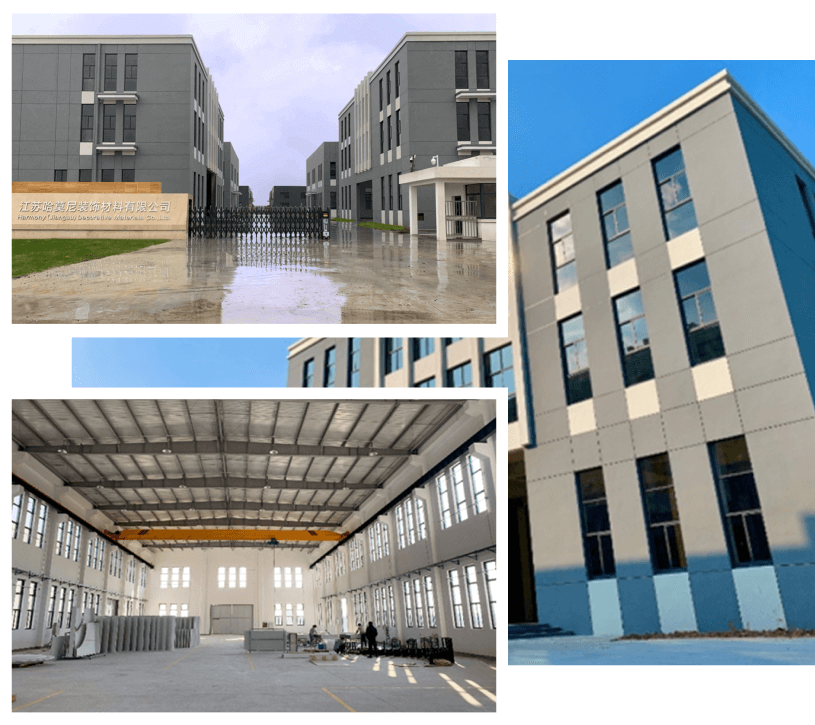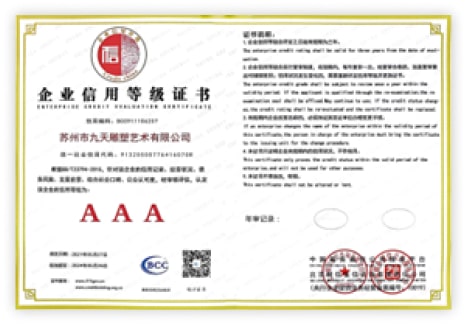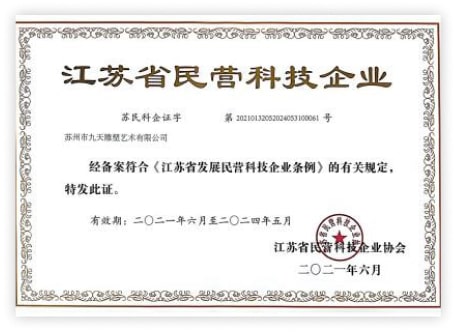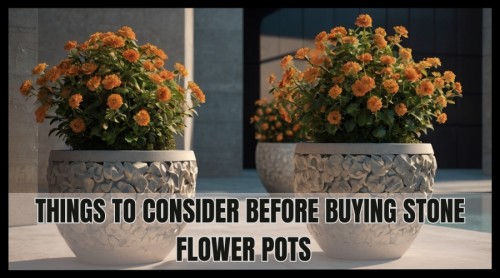 Admin
Admin
Marble coffee tables look beautiful and elegant. This is an excellent material for making furniture that gives any room a classic, timeless look. This seems a perfect idea, though. But before you can afford to acquire this classy piece of furniture, there are a few essential things to consider. Many things in people's homes are made of marble, and every home should consider getting a marble coffee table. Different Types of Marble in Furniture Now, let's look at which sort of marble is most frequently used in furniture so that you'll be able to recognize it when shopping for furniture. 1. Carrara marble Carrara marble is another example of marble furniture because of its timeless beauty: It is white or blue-grey with feathery veins. Since it is less costly than other varieties of marble, it is a more budget-friendly option without sacrificing style. Coffee tables crafted from Carrara marble are a sophisticated addition to any living space, complementing modern and traditional designs. 2. Damascus marble This kind of marble has a soft, warm, beige, or cream background with marvelous veins in browns, reds, and pinks. It gets its name because it resembles the patterns seen in Damascus steel products. Some of the most known Damascene products are the marbled coffee tables, whose patterns are best described as dramatic and distinct. This makes the tables unique and very attractive. 3. Calacatta marble Calacatta marble is a natural stone used for luxurious items. It is creamy white with exquisite, deep-contrast veins. It is used in high-quality furniture because it is visually appealing and uncommon. Calacatta is more contrastive and has more accurate extensive veining in thickness and color varying from gray to beige. 4. Statuario marble Statuario marble is pure white with grey streaks, giving it a classic regal impression. It is not as common as Carrara or Calacatta marble, making it a lovely choice for furniture and designer pieces. Luxurious and elegant Statuario marble coffee tables are an impressive centerpiece in any interior design. Pros Of Marble Coffee Tables 1. Elegant aesthetic There cannot be any other stone as classy-looking as Marble because of its shiny look and beautiful markings. Marble is a stunning natural material that will become the center of attention. The patterns in marble minimize the possibility of two identical pieces, and you will have a one-of-a-kind piece of marble in your home. If you have a modern furniture look, a traditional furniture look, or a combination of both, your living room is dignified by a marble coffee table. 2. Versatile styling The flexibility of styles regarding marble coffee tables speaks volumes, and most people will be convinced to purchase them. Carrara marble is recommended for readers who like something more traditional and stylish. Damascus marble should suffice if you want something more impactful for the house's design. Regardless of the required appearance, marble can fit a particular concept in home design. 3. Durability Since marble forms under heat pressure, it is an enduring product that effectively withstands daily use. When properly maintained, marble could last over 100 years. When choosing a marble coffee table, it is essential to ensure that one follows the correct sealing measures and occasionally cleans and maintains the marble. The marble will last for generations, and thus, it is worth investing in. Marble Maintenance and Care Tips 1. Regular sealing Sealing is one of the most critical aspects of preventing the stain and etching of the porous nature of the marble. This fact goes with the statement that proper sealing may make regular cleaning a piece of cake. The marble surface should be cleaned and dried before gently applying the sealant with a soft brush or cloth. Another essential aspect of resealing is that the initial barrier dries up after some time due to frequent use and proper marble washing. If several years have passed and the sealant has worn out, or if environmental factors make it necessary, resealing is required. Regularly check the sealant's effectiveness by performing a water test: You put a water dropper on the surface and determine if the water forms droplets on the marble or is quickly absorbed. If the water is easily absorbed, it is high time to apply sealing to the marble to create a barrier on the surface. 2. Daily cleaning When sealing is done consistently, accidental spills on the floor can be easily cleaned with a damp cloth since liquid cannot penetrate the surface of the marble. Do not use powders, acids, or alkalis to clean the table since they mar the surface of the marble. Use only neutral pH when cleaning the marble table. Mix baking soda with water to make a paste to remove stains or sauces set in. Then, apply the paste to the stain, cover it with plastic wrap, and let it sit overnight to draw out the stain. 3. Avoid sharp objects Do not directly put objects with pointed or rough edges on the marble, as this creates scratches or gouges and diminishes the marble's appearance. If scratches or etching are observed, the best solution is to get the stone restored, where they can check and tell whether it needs repair or not. Is It Best to Have a Marble Coffee Table? With its limestone non-bacterial surface appearance and distinctive veining, marble adds a special richness to rooms. However, like every valuable item, one should know its specific features and how to properly care for the marble coffee table. Finally, choosing a marble coffee table goes beyond functional use and utility; it means offering value, aesthetics, and emotion to your home. Yes, to marble and to get a coffee table that is uniquely beautiful and speaks volumes about your desire for luxury and sophistication.

























